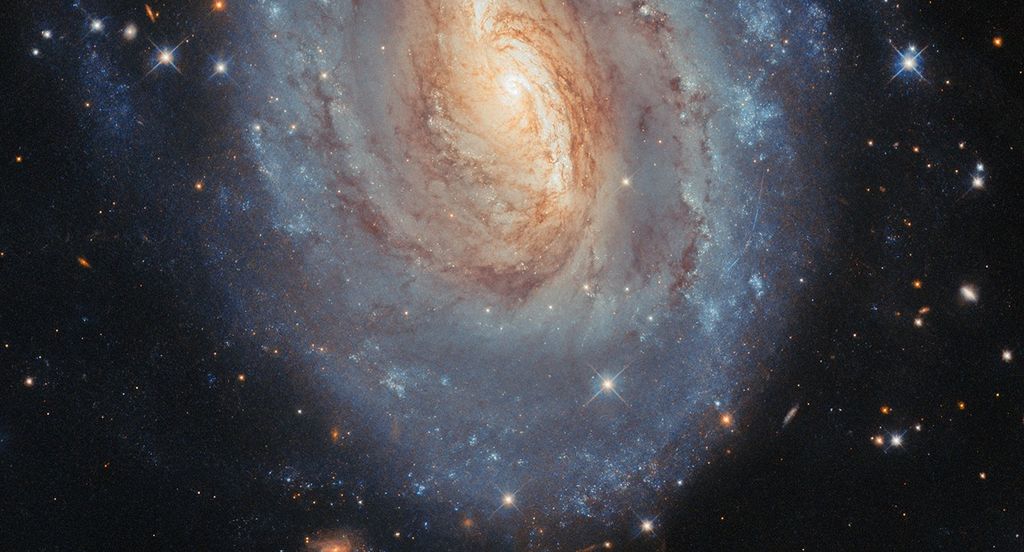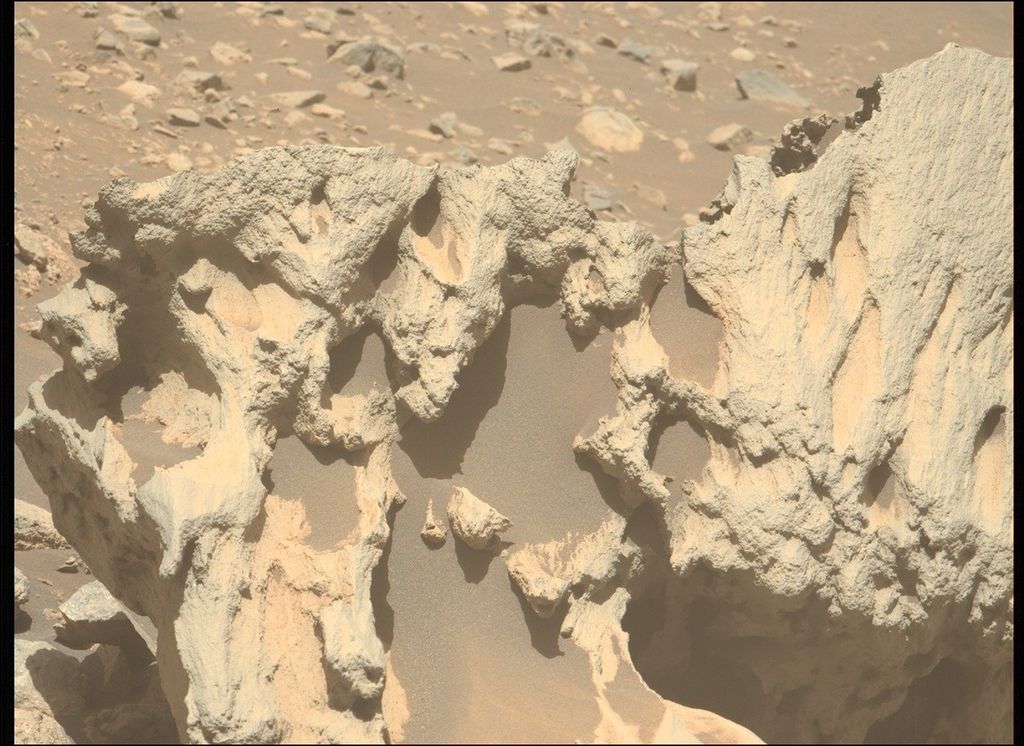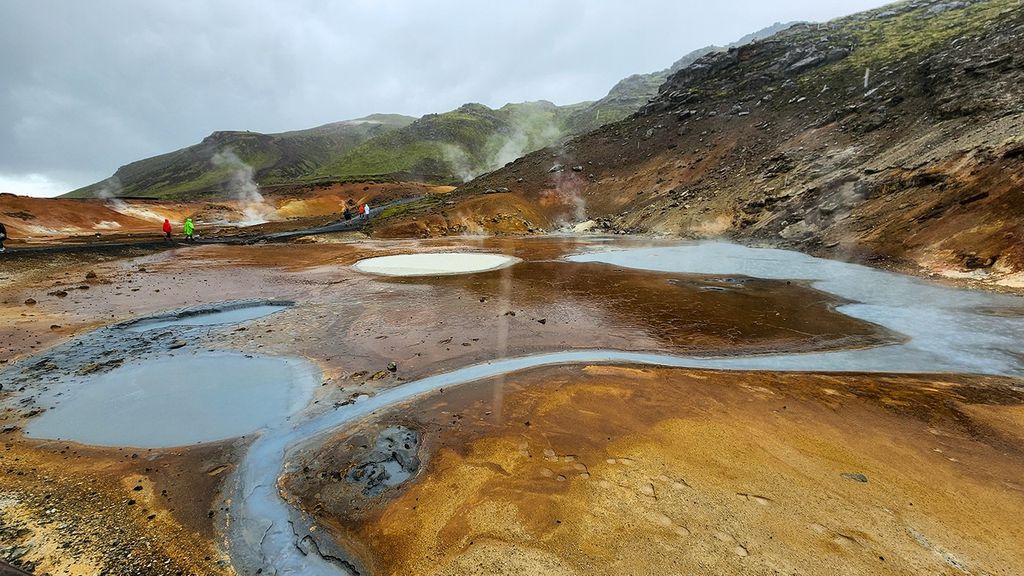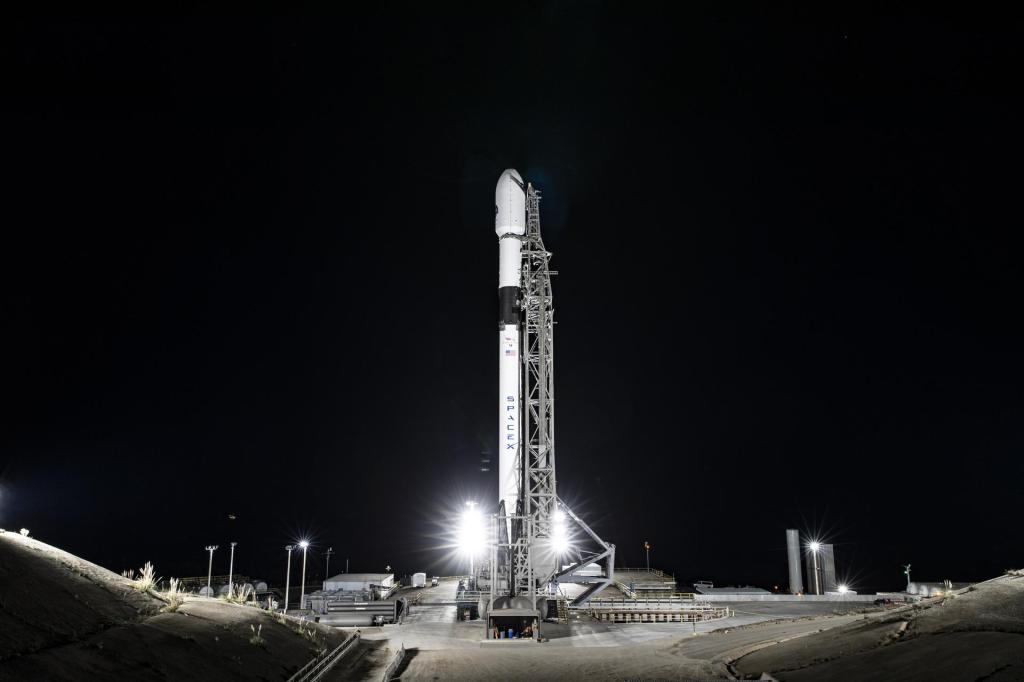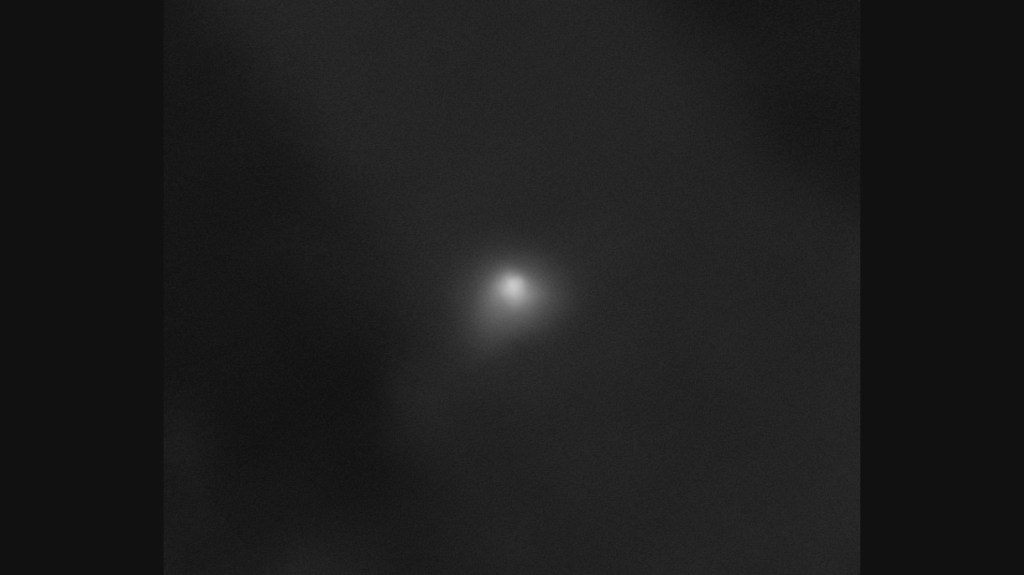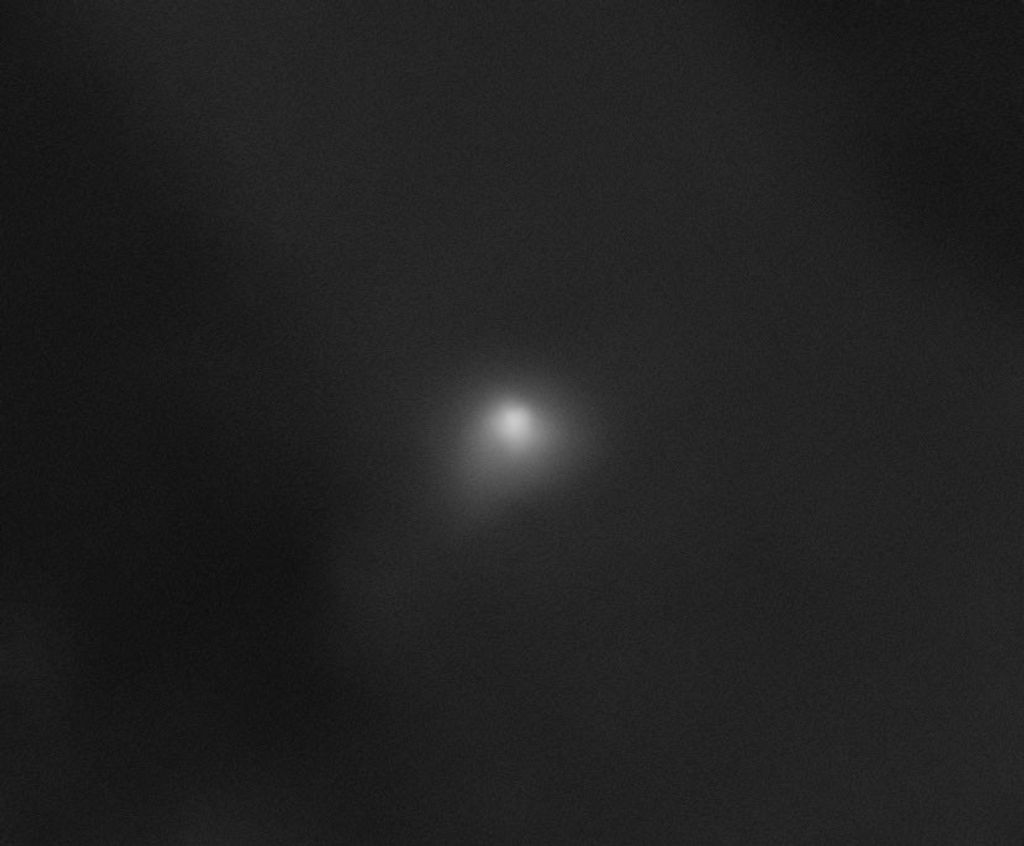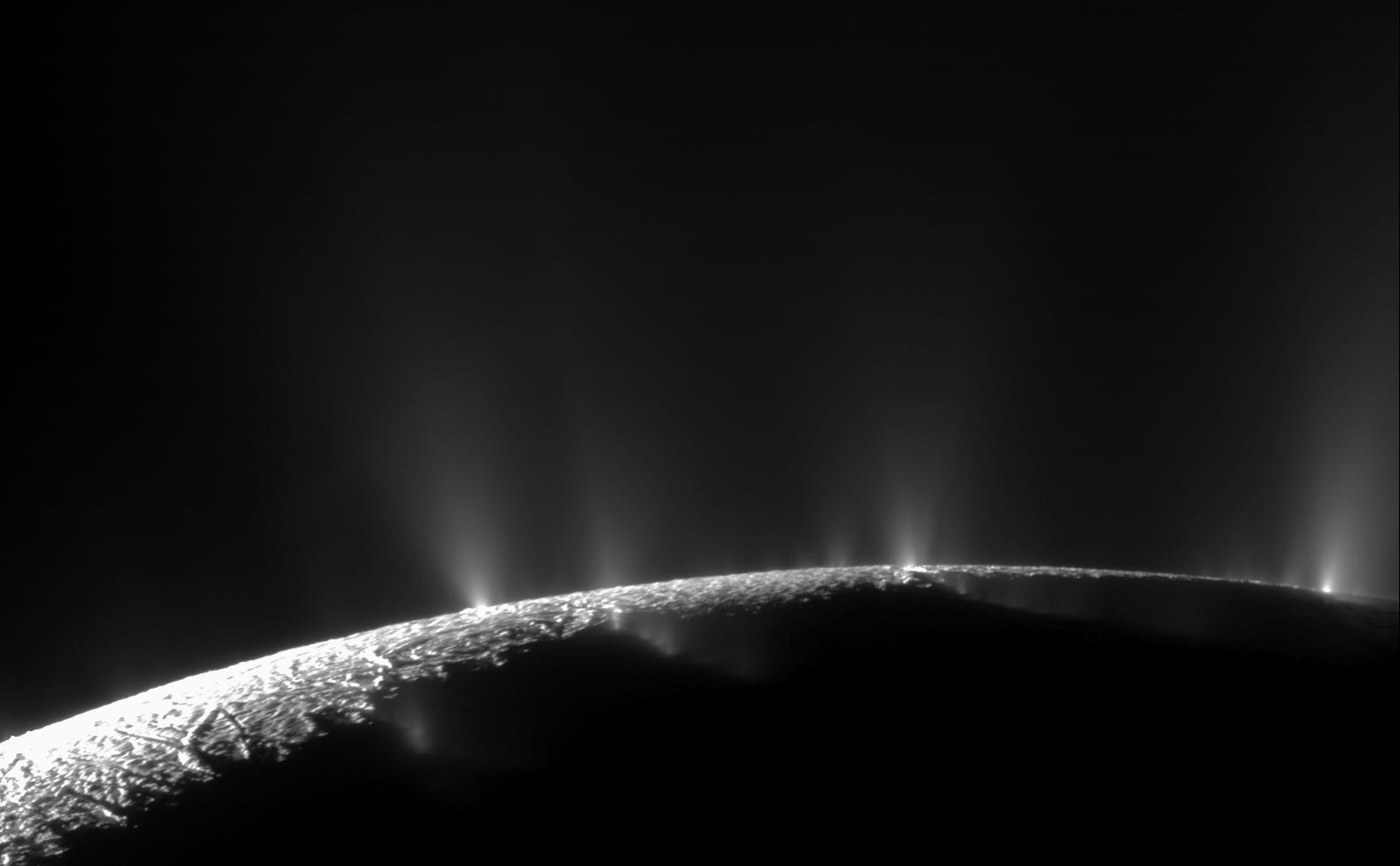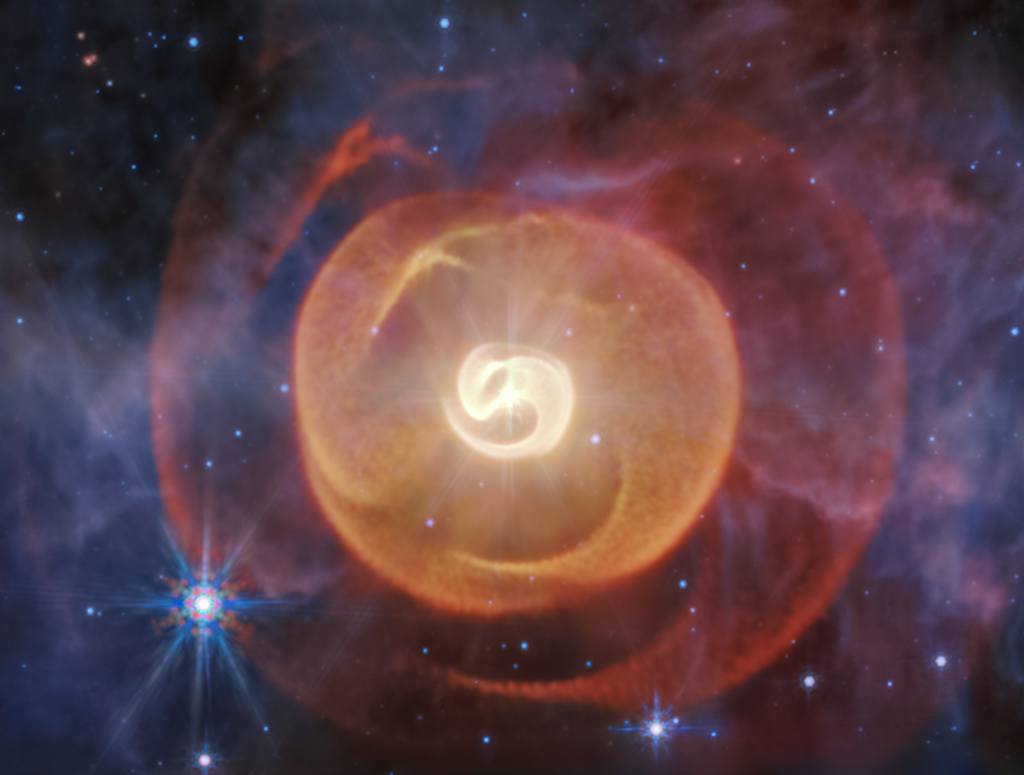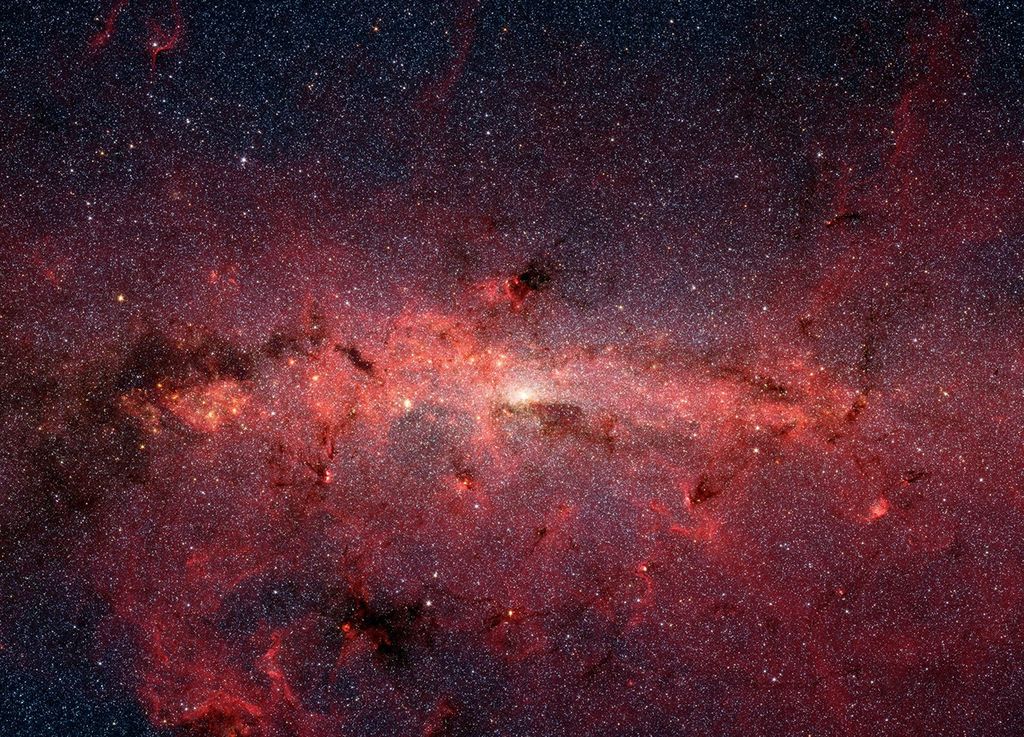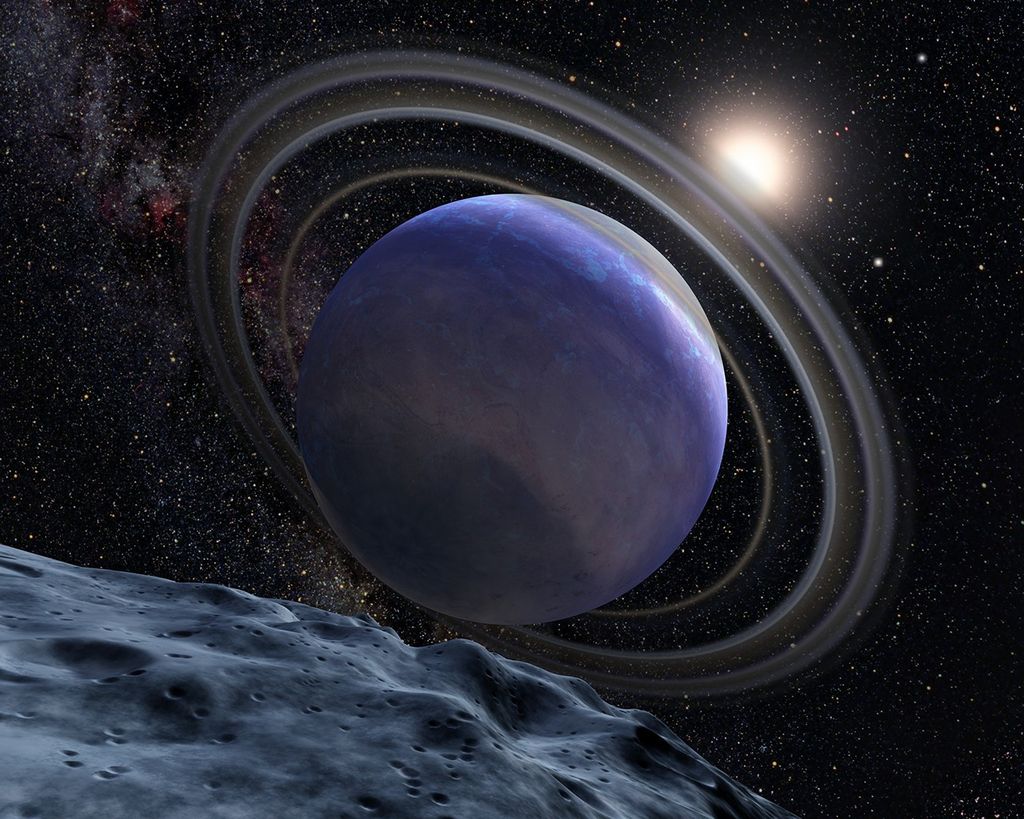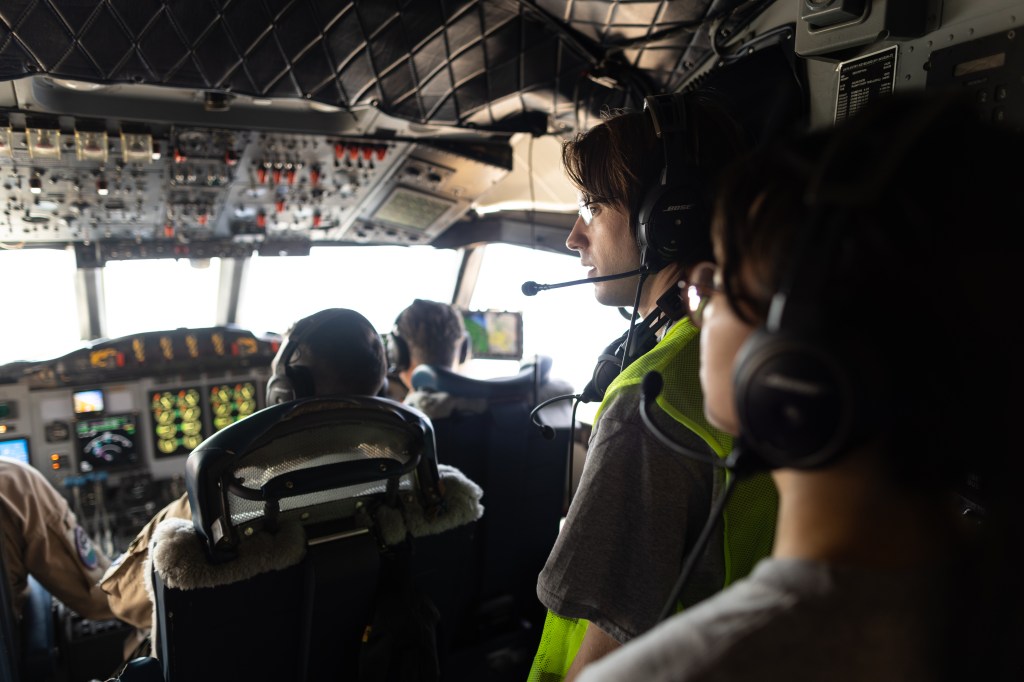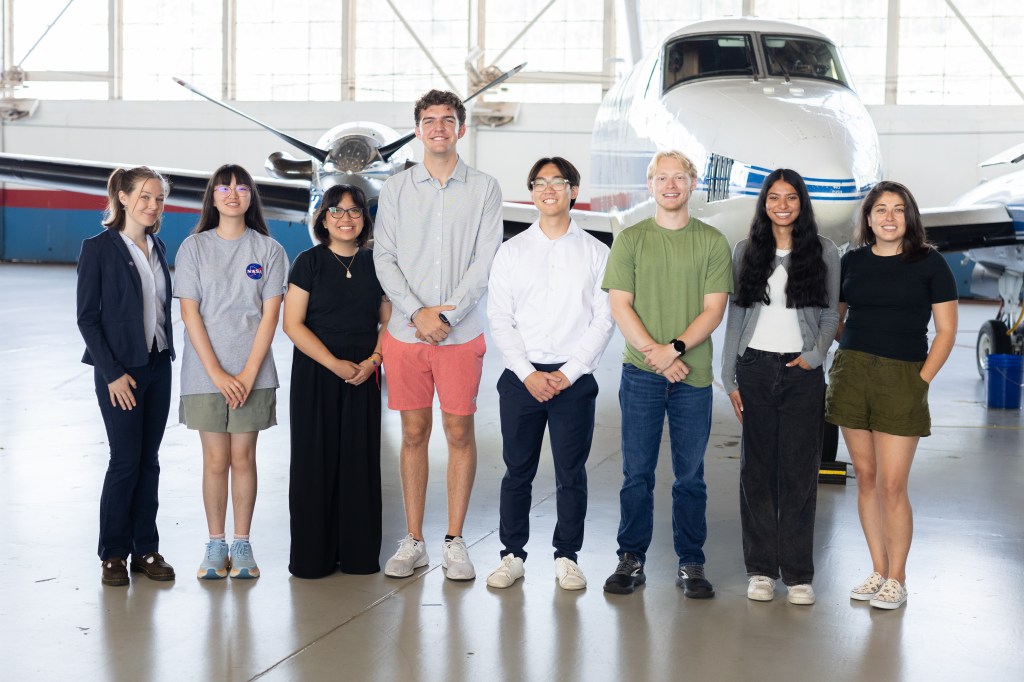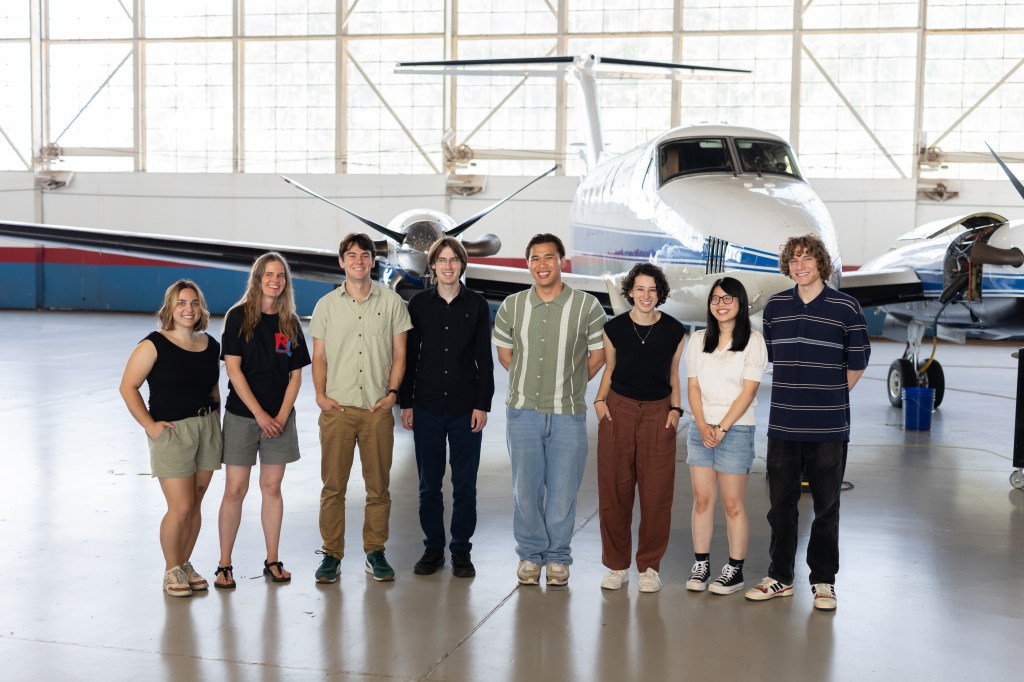Can Rocky Worlds Orbiting Red Dwarf Stars Maintain Atmospheres?
Contents
- Why are we interested in rocky planets orbiting red dwarfs?
- Why do some rocky planets have atmospheres when others don’t?
- Which planets are included in the Rocky Worlds program, and why were they chosen?
- How are we using Webb to figure out which Rocky Worlds planets have atmospheres?
- What is Hubble telling us about the red dwarf stars these planets orbit?
- What other questions will the Rocky Worlds program help us answer?
NASA’s Webb and Hubble space telescopes are teaming up to find out.
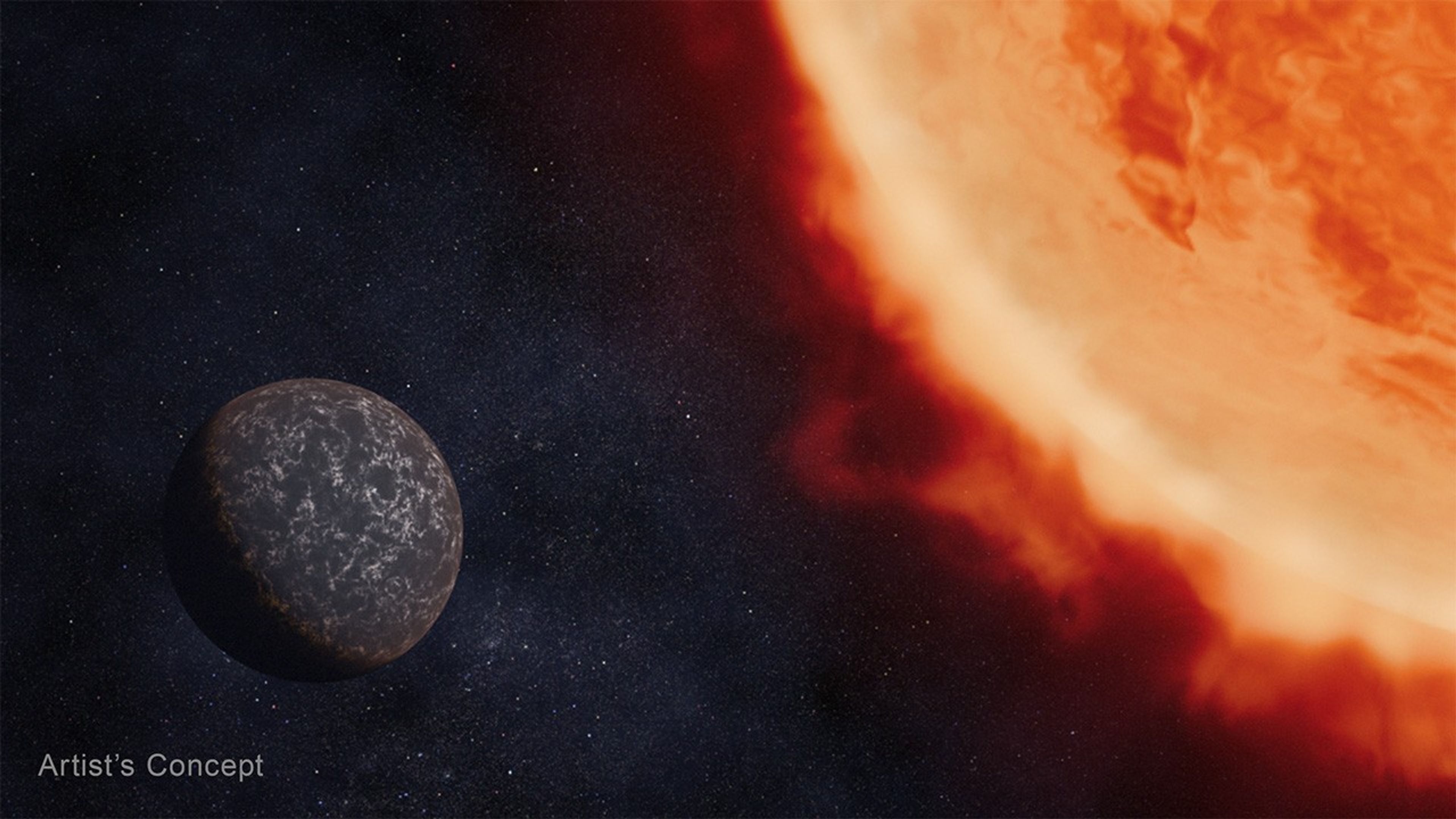
The Rocky Worlds Director’s Discretionary Time program, a major collaboration between NASA’s Webb and Hubble space telescopes, is now underway to study nine rocky exoplanets and their red dwarf host stars. While Webb measures mid-infrared light coming from each planet to determine whether it has an atmosphere, Hubble is analyzing ultraviolet light from each host star to assess the planet’s radiation environment.
With roughly 500 hours of Webb observations and 200 hours using Hubble, the Rocky Worlds program is not just telling us if and why these particular planets have atmospheres or not. It is supplying researchers with a critical dataset to understand the most common type of stars and planetary systems across the Milky Way galaxy, guiding the next 20 years of exoplanet observations with Webb, and providing vital information for designs of future telescopes, like the Habitable Worlds Observatory.
Why are we interested in rocky planets orbiting red dwarfs?
The vast majority of rocky planets in the Milky Way orbit red dwarf stars. Also called M dwarfs, red dwarf stars are smaller and cooler than the Sun, but can be much more active, bombarding nearby planets relentlessly with high-energy X-rays and ultraviolet light.
Finding out whether a small planet can maintain an atmosphere in such a brutal environment is a key step in the search for life outside the solar system. If a thin blanket of gas can survive this onslaught (or if red dwarfs are not all as active as we think), then rocky planets with atmospheres may be very common in the Milky Way, and there’s a good chance that at least some have the potential to harbor life. If not, then “habitable zones” that are truly hospitable to life may be rare around red dwarfs, and the number of potentially habitable planets to explore in the future could be much smaller than we once imagined.
Why do some rocky planets have atmospheres when others don’t?
Whether or not a planet has an atmosphere depends on a complex combination of factors, including its composition, impact history, magnetic field strength, surface temperature, and geologic activity.
Two particularly important factors are gravity and starlight. While a planet’s gravitational pull acts to keep atmospheric gases from flying off into space, energy from the star can cause molecules to speed up so much that they overcome gravity. Even if the planet’s surface isn’t particularly hot, ultraviolet light can heat the upper atmosphere and break molecules into smaller components, which can then escape to space more easily.
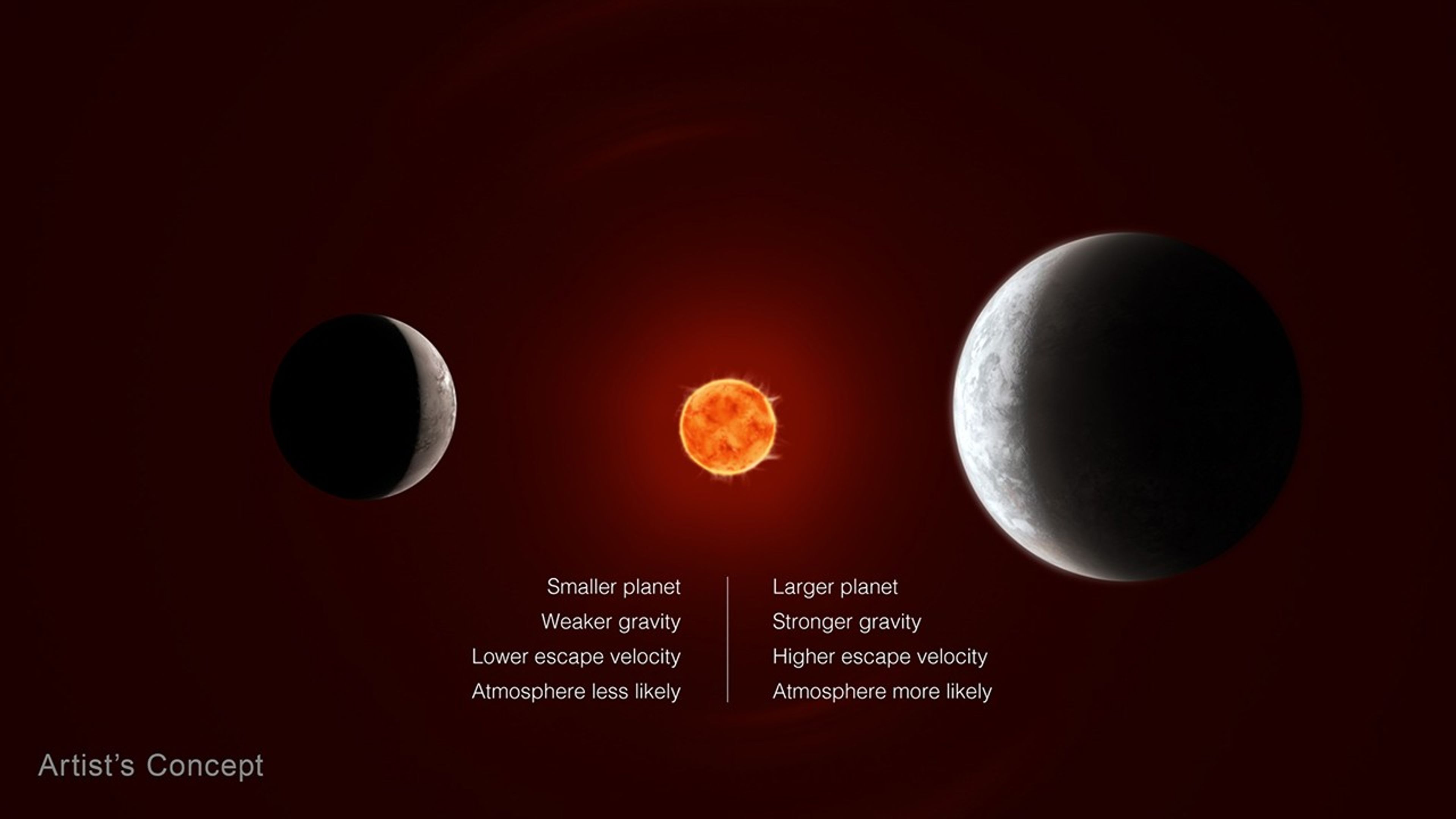
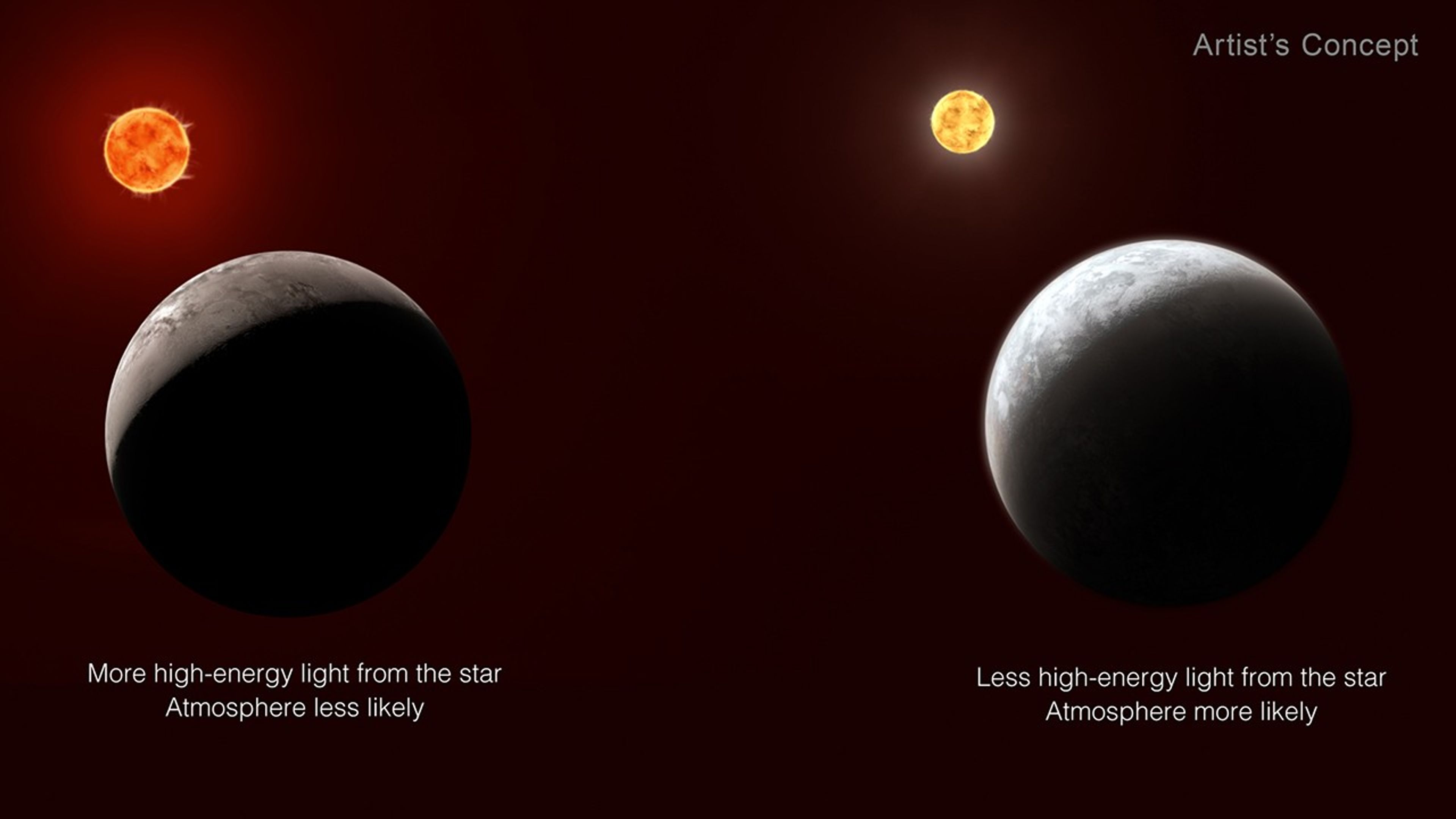
We know that in our own solar system, the balance between gravity and irradiation plays some role in determining which rocky planets and moons have atmospheres. Those with fairly substantial atmospheres — Venus, Earth, Mars, and Saturn’s moon Titan — are more massive and/or receive less energy from the Sun than those without. But we don’t have enough data yet to know how strong this relationship is when it comes to exoplanets, most of which orbit stars that are very different from the Sun.
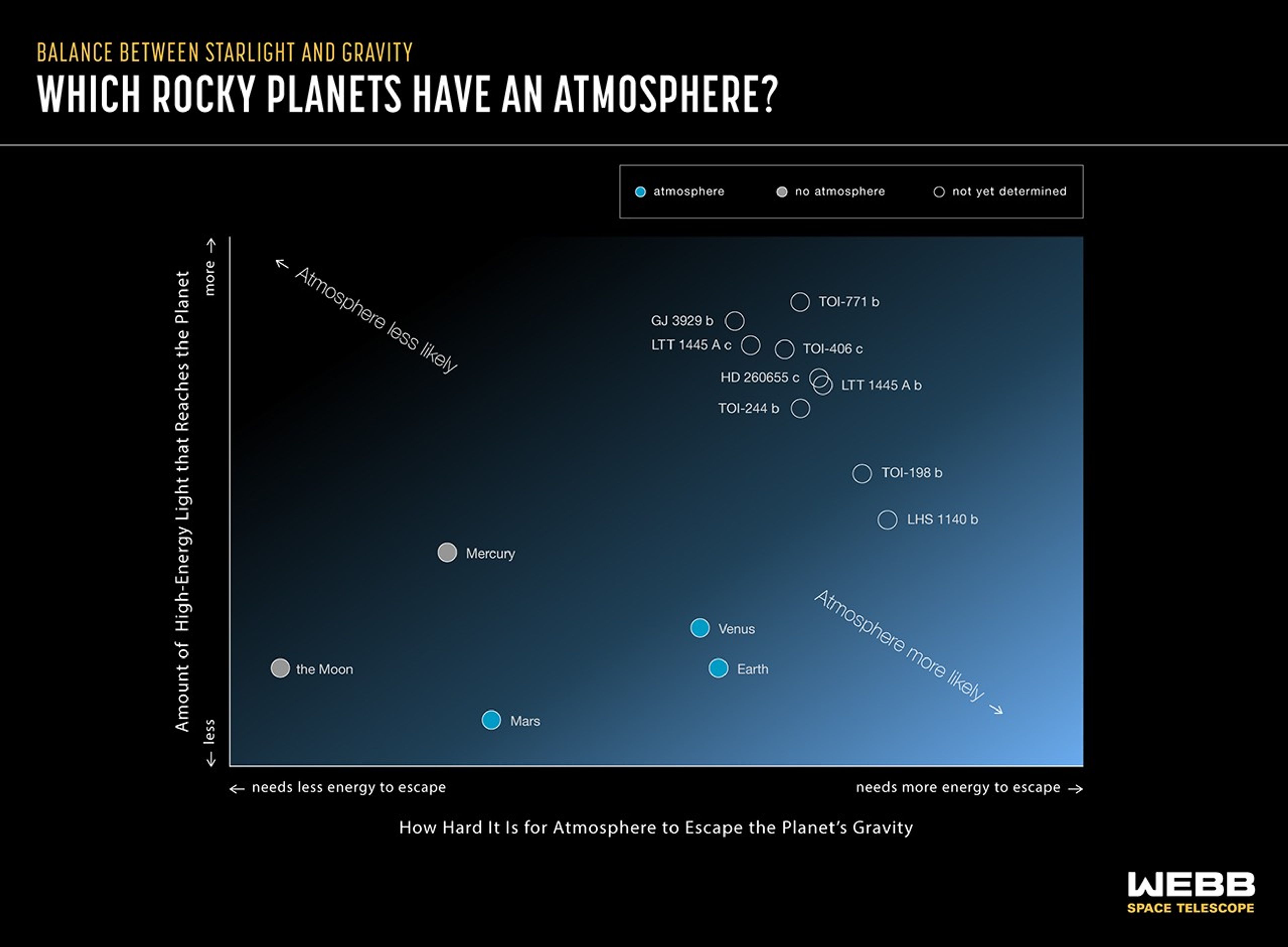
Which planets are included in the Rocky Worlds program, and why were they chosen?
Webb will spend a total of 500 hours searching for atmospheres on nine exoplanets chosen based on what they can tell us about rocky planet atmospheres in general and how effectively they can be observed with Webb. GJ 3929 b, LTT 1445 A c, TOI-406 c, TOI-771 b, TOI-244 b, HD 260655 c, LTT 1445 A b, TOI-198 b, and LHS 1140 b all have the following key characteristics.
Similar in size and mass to Earth, with densities suggesting a composition primarily of rock (rather than ice and gas) and gravity strong enough to hold on to an atmosphere thick enough for Webb to detect
Orbit nearby red dwarf stars, which are the most common type of star in the Milky Way and are small and dim enough that Webb can detect the extremely faint light from the planet
Transit their stars, making it possible forWebb to search for atmospheres by observing during the secondary eclipse, when the planet moves behind its star
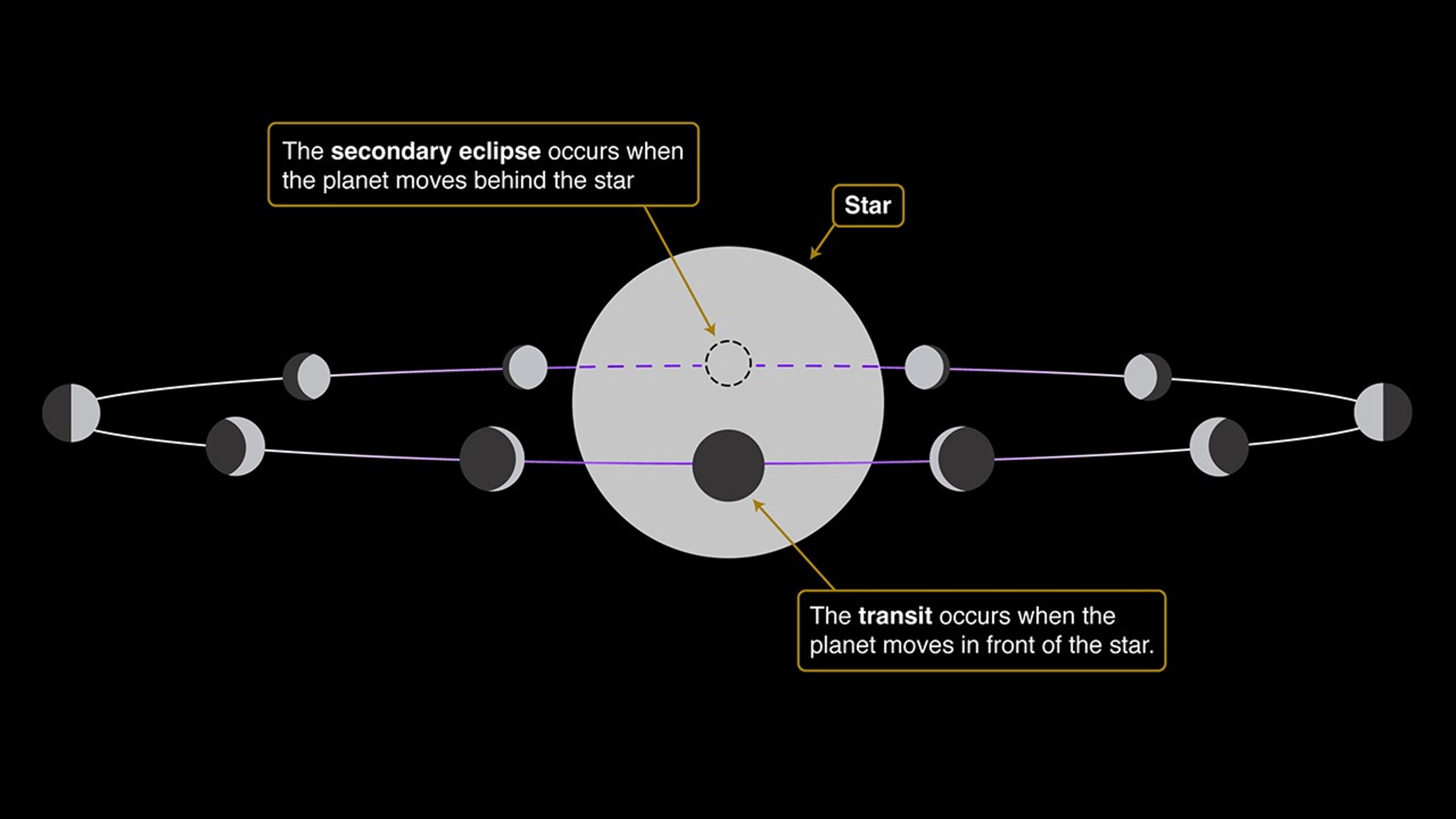
Moderate in temperature, cool enough for an atmosphere to exist, but warm enough to give off enough infrared light for Webb to measure precisely
Orbit closely and quickly around their stars, making it possible for Webb to observe each secondary eclipse fairly quickly, without waiting long between observations
Tidally locked, with a permanent dayside facing toward the star at all times and a permanent nightside in eternal darkness
Represent a wide variety of rocky planets and red dwarf environments, with a variety of sizes, masses, temperatures, orbital distances, and host stars
Find out more about the Rocky Worlds target planets.
How are we using Webb to figure out which Rocky Worlds planets have atmospheres?
Webb is effectively acting as a giant non-contact thermometer. Using a technique known as secondary eclipse photometry, Webb is searching for atmospheres indirectly based on a planet’s thermal emission: the amount of heat energy it is giving off in the form of mid-infrared light.
Measure heat from the planet. Using MIRI (the Mid-Infrared Instrument), Webb measures the amount of mid-infrared light coming from the entire star-planet system as the planet moves behind its star. Although it is impossible to directly measure the planet’s light on its own because the planet orbits so close to its star, we can calculate its thermal emission by subtracting the brightness of the star from the combined brightness of the star and planet.
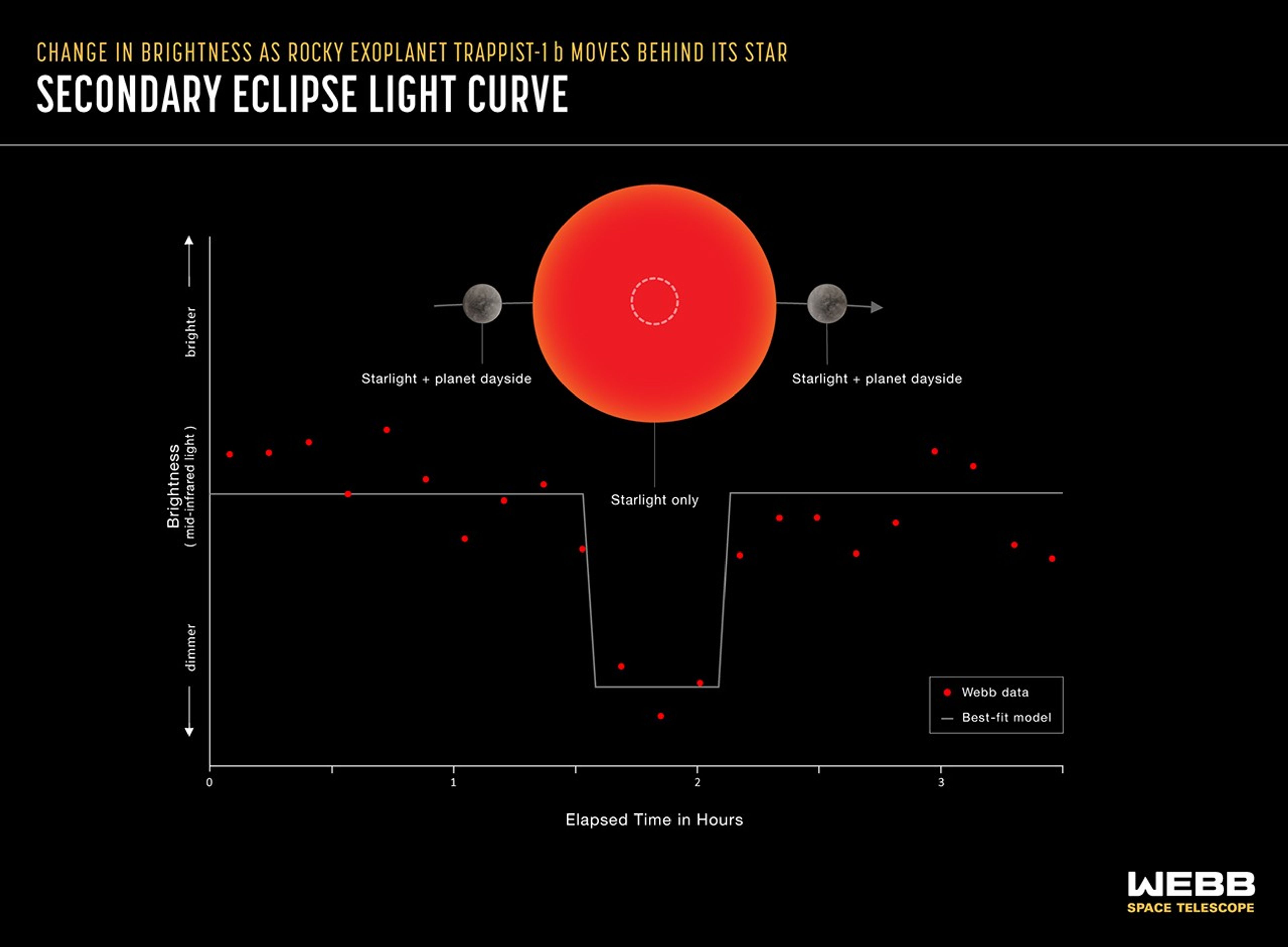
Calculate the dayside temperature. The hotter an object is, the more thermal energy it gives off in the form of mid-infrared light. Because the planet is tidally locked, most of its thermal emission is coming from the dayside, which faces the telescope during the observation.
Infer the presence or absence of an atmosphere. Finally, we compare the dayside temperature measured with Webb to computer models showing what the temperature would be with and without an atmosphere. If the planet has a thick atmosphere with winds redistributing heat, the dayside will be significantly cooler than it would without an atmosphere.
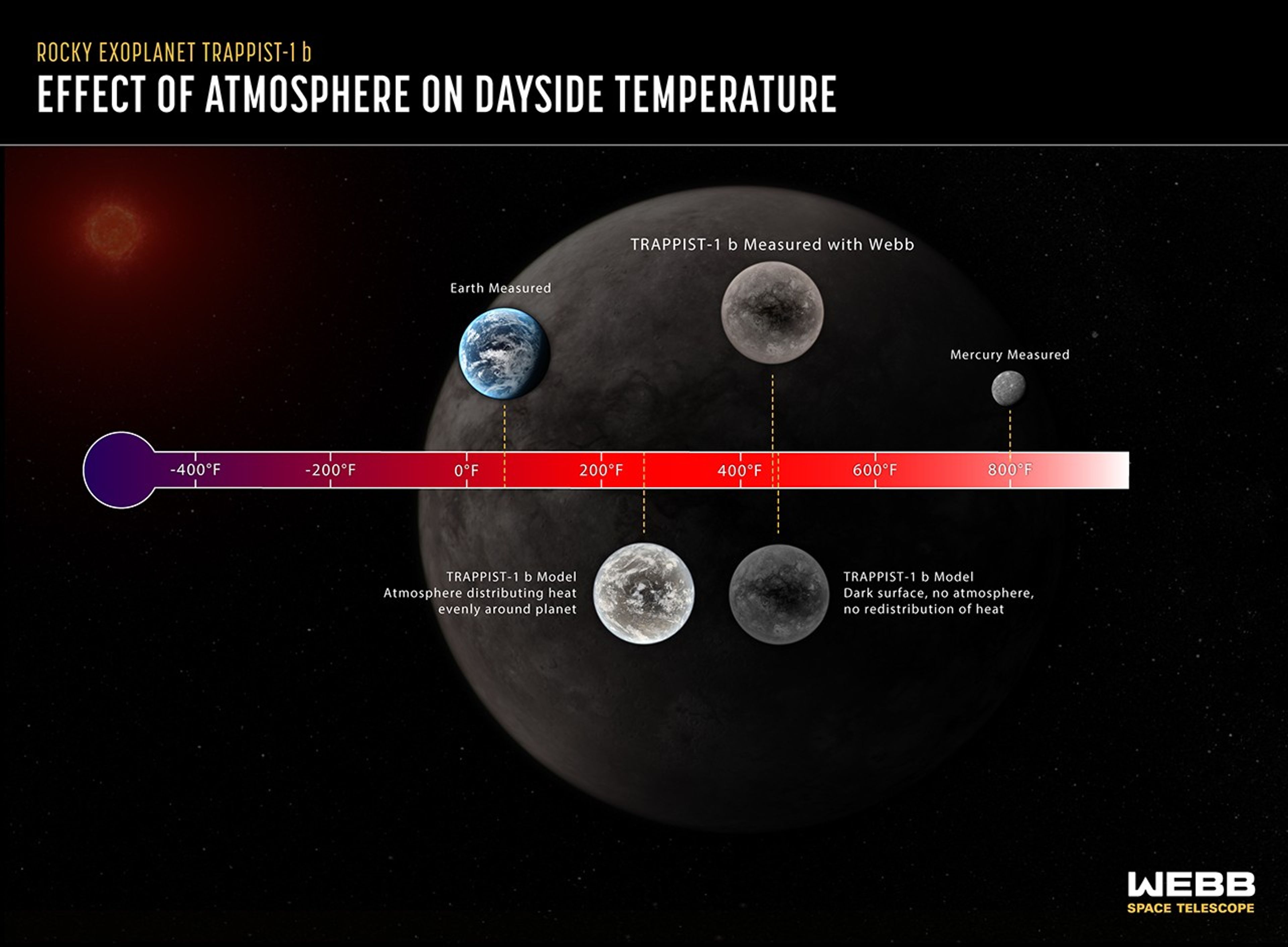
Find out the current status of each observation.
What is Hubble telling us about the red dwarf stars these planets orbit?
While Webb is determining which (if any) of the Rocky Worlds planets have atmospheres, Hubble is observing the host stars to figure out why the atmospheres exist or not.
Using COS (the Cosmic Origins Spectrograph) and STIS (the Space Telescope Imaging Spectrograph), Hubble will spend nearly 200 hours making detailed measurements of the ultraviolet light shining from the host stars.
Flares. Stars that appear perfectly calm in the visible part of the spectrum can be sending out sudden bursts of invisible high-energy X-rays and ultraviolet light that can strip an atmosphere. As Hubble observes ultraviolet light emitted by each star, it carefully tracks changes in brightness to find out how energetic the flares are, how long they last, and how frequently they occur.
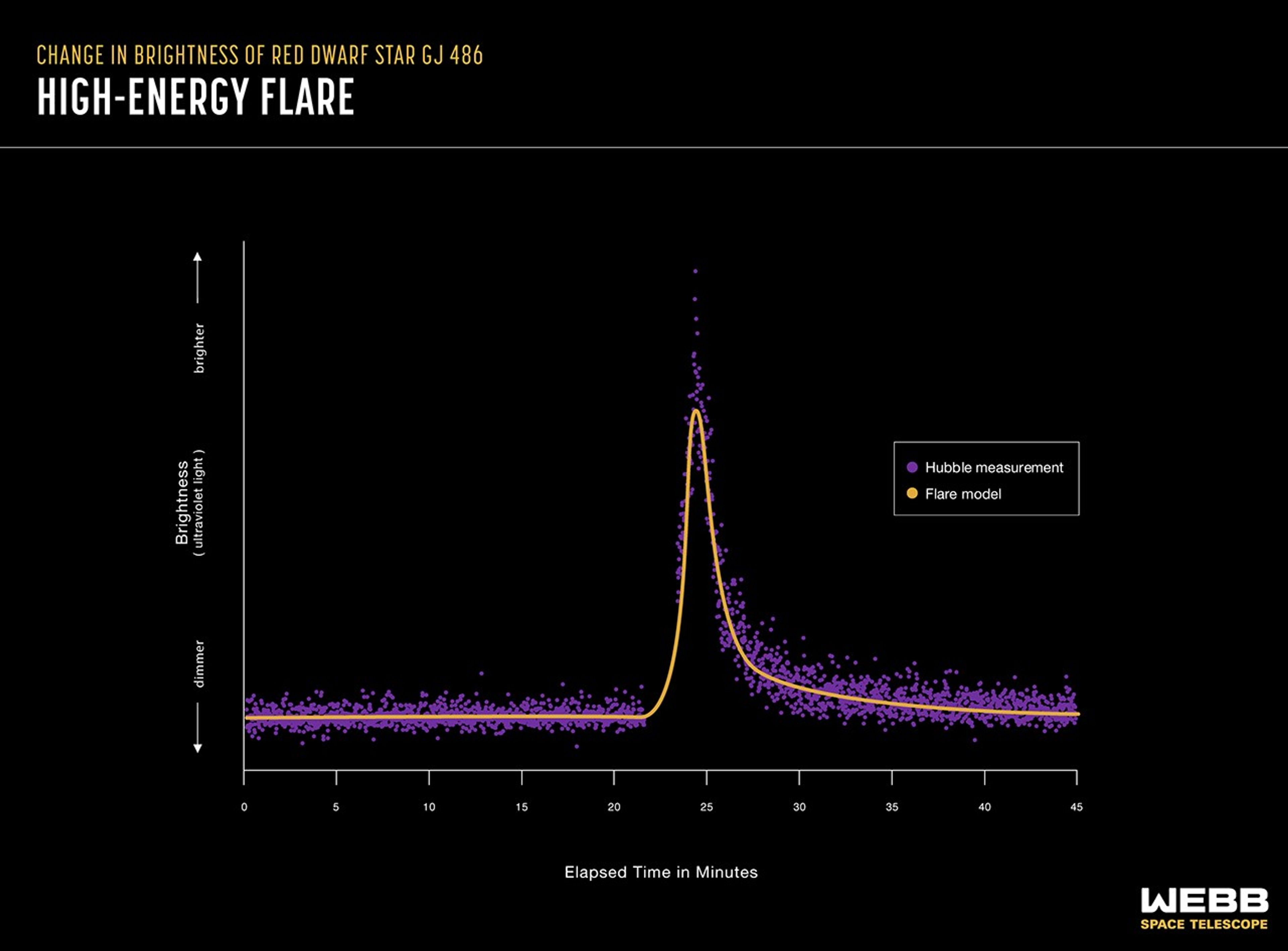
Total ultraviolet light. Hubble measures the brightness of hundreds of individual colors of ultraviolet light very precisely to calculate how much of this radiation each star is giving off today and to estimate how much energy each star has emitted over its entire lifetime.
The full panchromatic spectrum. Once the ultraviolet data is collected from a star, it can be combined with data from other telescopes to build a panchromatic spectrum showing the brightness of the entire range of visible and invisible colors of light, from gamma rays to radio waves. Each type of light provides unique information needed to fully understand a star and its environment.
Although the Rocky Worlds stars have been studied with other observatories in the past, Hubble is the only telescope able to capture the detailed ultraviolet measurements we need to understand them, and their planets, thoroughly.
What other questions will the Rocky Worlds program help us answer?
The Rocky Worlds observations began in July 2025 and are expected to continue through 2027. Once they are complete, not only will we know which of these planets likely have atmospheres and what the environment is like around each host star, we will also have a rich set of data to help answer other questions and guide new investigations. All of the data are immediately available to the public via the Mikulski Archive for Space Telescopes, with no exclusive access period.
If a planet has an atmosphere, what is it made of and how did it form? While Webb can follow up with additional observations to detect clouds and weather and identify specific molecules in a planet’s atmosphere, Hubble’s unique ability to analyze ultraviolet light will be critical for understanding how different gases could have formed.
If a planet is bare rock, can we blame the star for driving off an atmosphere? Or is some other process at work? Follow-up observations of rocky planets without atmospheres will help us work out what the surfaces are made of and how the planets may have changed over time.
And finally, the Rocky Worlds program will provide key insights into the nature of rocky planets in our galaxy in general. How common are rocky planets with atmospheres? Where should we look for them? Can we accurately predict whether an exoplanet has an atmosphere based only on its gravity and the amount of high-energy light it receives from its star, or are there too many other variables to consider?
Learn more about Exploring Distant Exoplanet Atmospheres with Rocky Worlds primary investigator Néstor Espinoza from the Space Telescope Science Institute.
By Margaret W. Carruthers
Space Telescope Science Institute in Baltimore, MD

